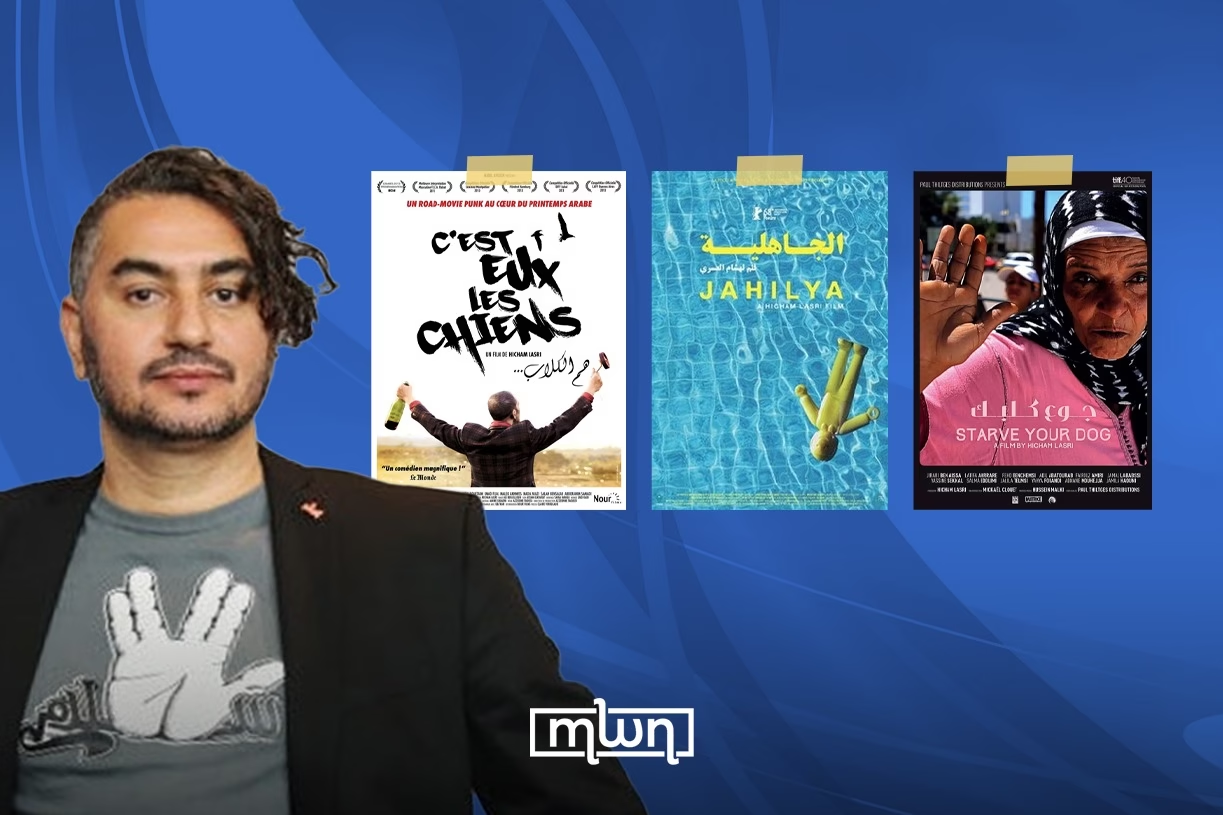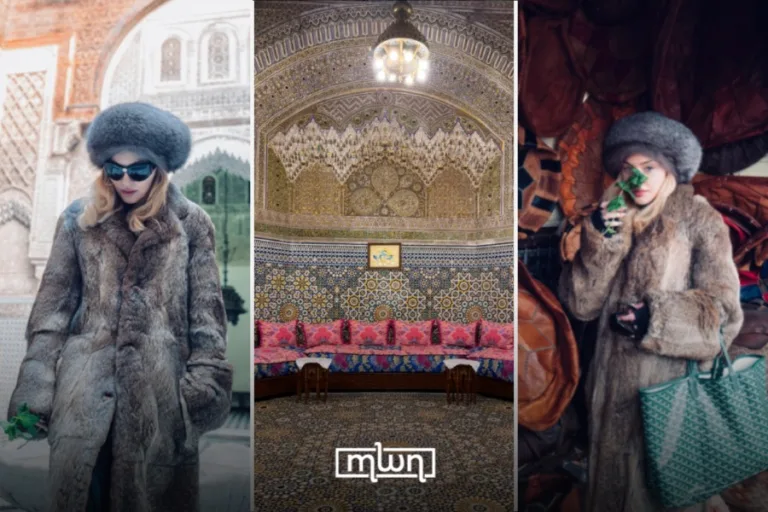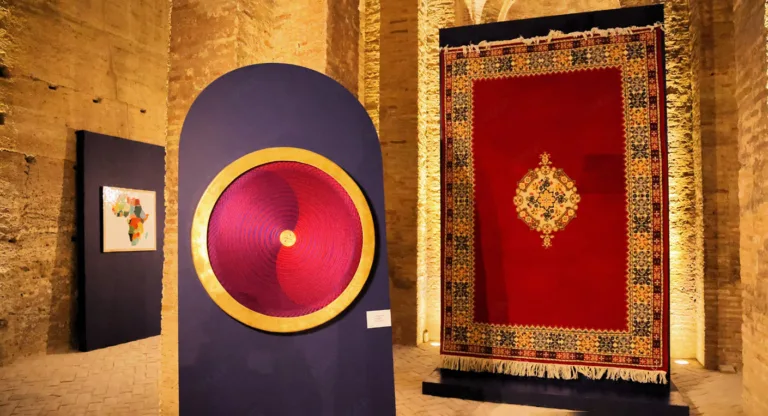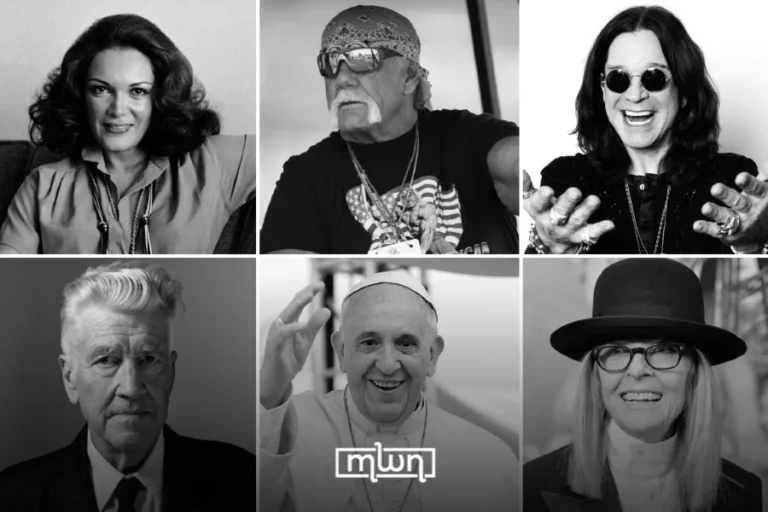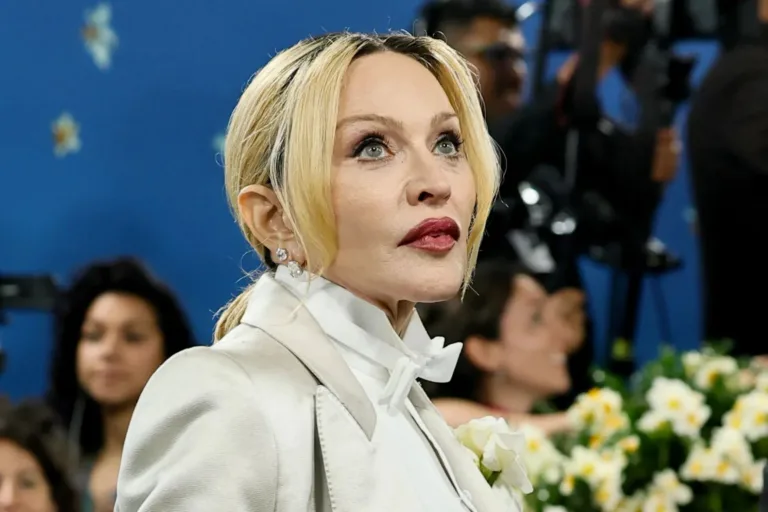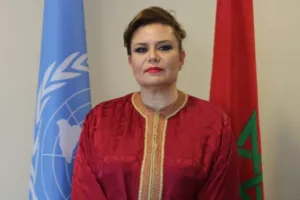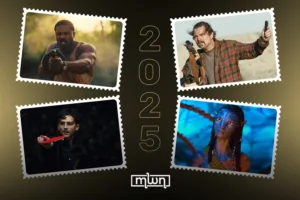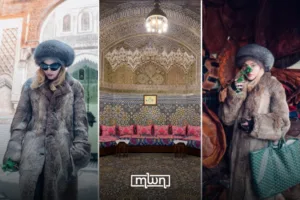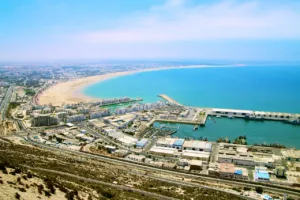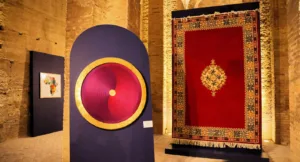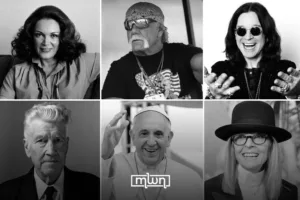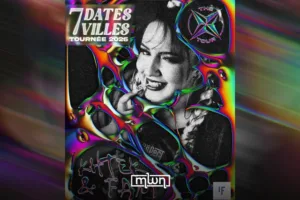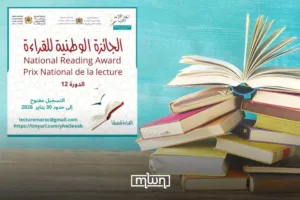Fez ‒ The “Lasri Dog Trilogy” — three fiercely independent films by Moroccan director Hicham Lasri—tears open wounds which many Moroccans would rather forget. Mixing found‑footage frenzy, lurid studio satire, and surreal tragedy, the trilogy asks who writes history and who is left barking in the dark.
Hicham Lasri coined the term while promoting three thematically linked features: “C’est Eux les Chiens” (2013,) “Starve Your Dog” (2015,) and “Jahilya” (2018.)
Together, they span nearly four decades of political tension, from the 1981 bread riots to the February 20 movement and the uneasy calm of the late 1990s.
“1981 Ghosts walk 2011 streets”
Released during the Arab Spring, “C’est Eux les Chiens” shadows Majhoul (unknown,) a bread‑riot prisoner abruptly freed into a Casablanca he no longer recognises.
Clutching an expired ID card, he wanders through construction sites and protest marches while a reality‑TV crew films his every move, promising a ratings‑boosting reunion with his family.
Lasri blurs reportage and fiction; street protesters chant against corruption, an elderly widow mistakes Majhoul for her dead husband, and riot police push both crew and subject aside.
Each encounter forces viewers to confront a cyclical Moroccan history in which 1981’s ghosts haunt 2011’s revolution, asking whether anything has truly changed beyond the camera angles.
“Confession of the ‘Minister of Fear’
Two years later, Lasri switched from handheld greys to neon saturation. In “Starve Your Dog,” a hard‑nosed journalist corners a stand‑in for former Interior Minister Driss Basri on live television.
“Starve Your Dog” locks its drama inside an abandoned television studio on the eve of Eid.
Rita, a tenacious talk‑show host, has secured an interview with Ali Tarik—a thinly veiled stand‑in for former Interior Minister Driss Basri.
Under sickly neon lights, Tarik chain‑smokes and grazes on pastries while Rita demands an on‑air confession.
Extended, unbroken takes confine viewers within the same suffocating space where Tarik’s lukewarm apologies slowly curdle into chilling confessions: secret torture sites, censored press, and enforced disappearances in the name of “stability.”
Intercut with flickering 1990s archival footage, the film’s flashbacks disrupt the flow, laying bare a nation still bargaining with its ghosts instead of burying them.
When Eid was cancelled
The trilogy’s finale, “Jahilya,” rewinds to 1996, when King Hassan II abruptly cancelled Eid al‑Adha amid fears of bovine disease. Lasri fractures the story into six overlapping vignettes that reveal a society on the brink. Saïd, a debt‑ridden clerk, drafts suicide letters atop a half‑built overpass. Minna, an abandoned fiancée, drags her soiled wedding gown through alleyways seeking a healer.
Youssef, a mute orphan fixated on owning a ram, steals a neighbour’s goat and sparks a surreal chase involving costumed revelers and bewildered police. As the king’s decree crackles from radios at sunset, the characters converge in a chaotic street spectacle—makeshift altars, papier‑mache sheep, and an improvised prayer that collapses into laughter and tears—capturing Morocco’s uneasy dance between obedience and rebellion.
Why the dogs still bark in 2025
Political amnesia shapes the narrative of each film, which resurrects traumas such as the 1981 riots, the Basri era, and the cancelled Eid to question whether Morocco has truly reconciled with its past. These memories linger, challenging collective forgetfulness.
Media complicity plays a significant role, as opportunistic crews and chaotic studios turn suffering into spectacle. This dynamic implicates both journalists who frame the stories and viewers who consume them, blurring lines between empathy and exploitation.
The films’ DIY aesthetics stand out through Lasri’s use of lo-fi cameras, jagged edits, and street-poet dialogue. This style has inspired a new wave of Moroccan independent filmmakers, bringing raw authenticity to the screen

